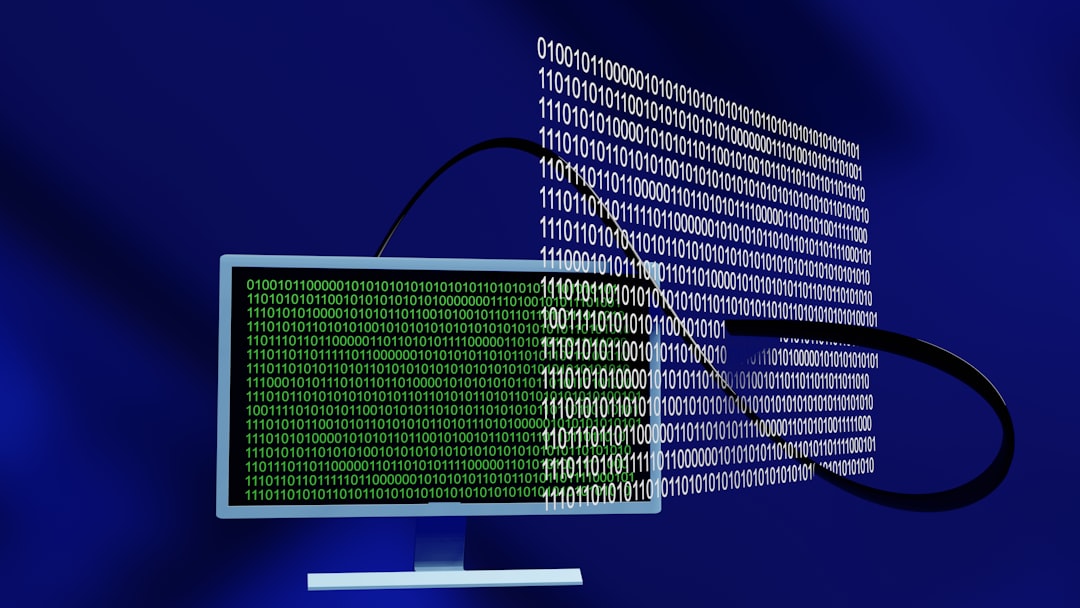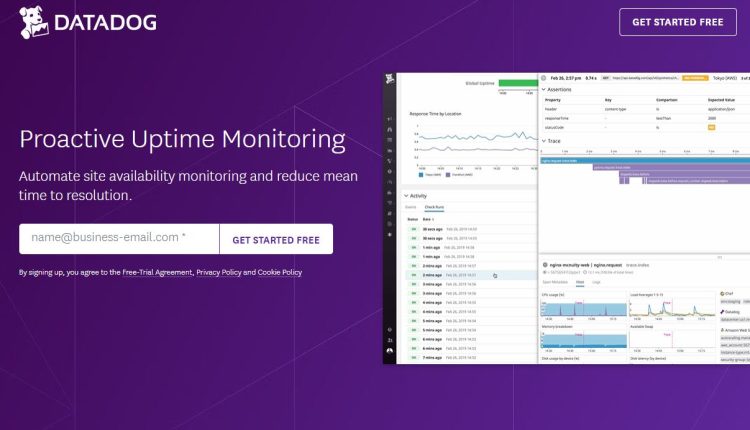The Ultimate Guide to Monitoring Remote Workers: Tools, Strategies, and Best Practices for U.S. Employers
Remote work is here to stay. More companies across the U.S. are embracing flexible work setups. But the big question for many employers is: “How do I make sure my remote workers are actually working?”
Don’t worry — we’ve got you covered. This fun and simple guide will walk you through tools, strategies, and best practices for monitoring remote workers. Let’s dive in!
Why Monitor Remote Workers?
Table of Contents
First, let’s clear something up. Monitoring isn’t about spying. It’s about:
- Keeping productivity on track
- Supporting employee performance
- Protecting company data and systems
Done right, monitoring can boost trust and improve results for everyone.
Best Tools to Monitor Remote Workers
There are tons of tools out there. Here are some popular ones U.S. employers love:
1. Time Tracking Tools
These tools help employees log work hours. They’re great for keeping tabs on time spent without being overbearing.
- Toggl: Simple and user-friendly. Good for freelancers too.
- Clockify: Free and packed with features.
- Harvest: Offers time tracking and invoicing.
2. Activity Monitoring Software
Want a snapshot of your team’s day? These tools track websites, apps, keystrokes, and more.
- Time Doctor: Tracks time and takes screenshots.
- Hubstaff: Monitors activity and integrates with project tools.
- Teramind: Offers deep insights, including behavior analytics.

3. Project Management Platforms
Not just for planning — these help teams collaborate and stay accountable.
- Asana: Great for visualizing project timelines.
- Trello: Uses boards and cards to keep things organized.
- ClickUp: All-in-one tool with tons of customization.
4. Communication Tools
Clear communication is key. Without it, monitoring won’t help much.
- Slack: Quick messaging, channels, and integrations.
- Zoom: For face-to-face vibes, even miles apart.
- Microsoft Teams: Chat, meetings, file sharing — all in one place.
Smart Strategies for Monitoring
Tools are great. But you also need a plan. Here’s how to monitor smart — not hard.
1. Set Clear Expectations
Start by answering these questions:
- What should employees deliver?
- When are they expected to be online?
- How will performance be measured?
Put these expectations in writing. Share them with your team.
2. Focus on Outcomes, Not Hours
Don’t obsess over every minute. Trust your team to get the job done. Hold them accountable for results — not screen time.
3. Use Check-Ins, Not Check-Ups
Weekly one-on-ones can be way more effective than passive monitoring.
- Ask about progress
- Troubleshoot issues
- Offer support
This builds trust and keeps your team engaged.

4. Balance Privacy and Productivity
Your team deserves respect. So keep things fair and transparent.
- Tell them what tools you’re using
- Explain what’s being tracked
- Limit monitoring to work hours and work devices
When employees understand why they’re being monitored, they’re more likely to accept it.
5. Train Your Managers
Even the best tools won’t help if managers misuse them. Offer training on:
- Privacy laws
- Use of monitoring tools
- Remote leadership skills
This ensures your team is led with confidence — not control.
Legal Stuff U.S. Employers Should Know
Monitoring sounds simple. But there are legal boxes you should tick.
- Federal laws: Generally allow monitoring, but deception is a no-no.
- State laws: Some require consent. Especially in California, New York, and Delaware.
- Data privacy: Be careful how you store and use data.
To stay safe, always:
- Get employee consent
- Update policies and handbooks
- Consult your legal team
Common Mistakes to Avoid
Even the best intentions can go sideways. Avoid these blunders:
1. Micromanaging Employees
Trust is everything in remote work. Too much control kills that trust. Let people breathe!
2. Ignoring Time Zones
A 9-to-5 schedule in California doesn’t work for someone in New York or Florida — adjust accordingly.
3. Using the Wrong Tools
One size doesn’t fit all. A tool that works for sales may not work for developers. Test and adapt.
4. Skipping Feedback
Monitoring is only part of the picture. Give regular feedback to help people grow and stay on track.
How to Talk About Monitoring With Your Team
Communication is key. Here’s how to keep things smooth:
- Be honest: Tell employees upfront about any monitoring.
- Be positive: Frame it as support, not surveillance.
- Be open: Allow feedback and questions.
A little transparency can go a long way to building trust and boosting morale.
The Future of Remote Monitoring
AI, automation, and analytics will only grow in importance. But the heart of remote work is still human.
As you embrace new tools, don’t forget the human touch. Keep talking to your team. Keep supporting them. And keep growing together.

Wrap-Up: What Makes Monitoring Effective?
The best monitoring setups are:
- Transparent: Everyone knows what’s happening and why.
- Flexible: Designed to support different roles and work styles.
- Outcome-based: Focused on results, not screen-staring contests.
Remember, the goal isn’t just to watch. It’s to empower. When remote workers feel supported and trusted, they’ll thrive — and so will your business.
Now go out there and monitor like a boss — the cool kind!

